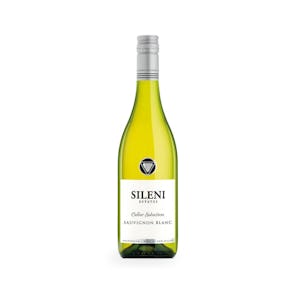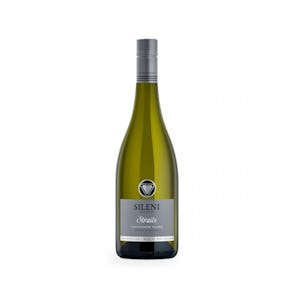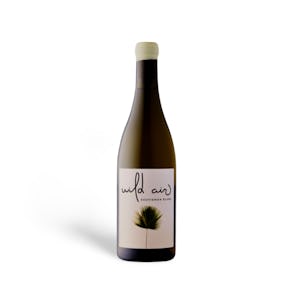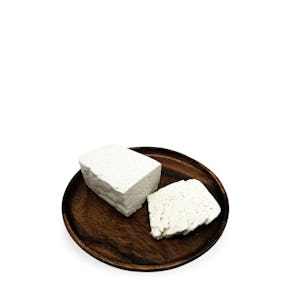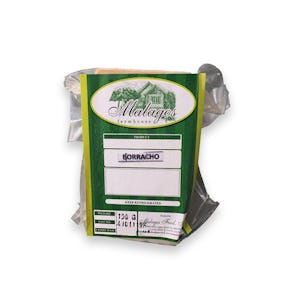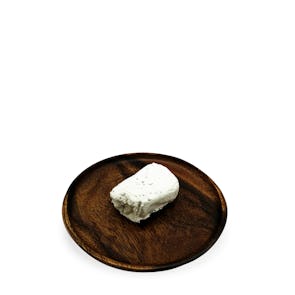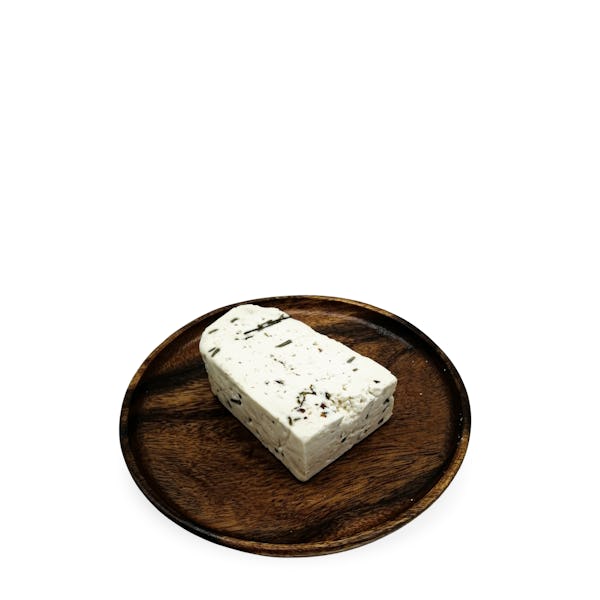
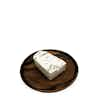
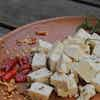
(Tuesday Jan 06 , 2026)
TASTING NOTES FROM THE CURATOR
A creamy goat’s milk cheese from Davao, the Malagos Feta Tricolore boasts a tangy taste from brining. Homegrown rosemary and red pepper flakes are added into the cheese, elevating it to new heights and flavors.
PREPARATION AND PAIRINGS
The Malagos Feta Tricolore is so flavorful that it can definitely be eaten on its own. Pair it with a good Cabernet Sauvignon, like this one from Cousiño-Macul.
But this Davao goat’s milk cheese also works incredibly as a dip. Try this baked feta recipe, and serve it as appetizer for your next get-together.
- Arrange some chopped red onions, green bell pepper sliced into rounds, and halved cherry tomatoes along the bottom of a baking dish. Drizzle with extra virgin olive oil.
- Add the block of Malagos Feta Tricolore on top of the vegetables. Drizzle a little more extra virgin olive oil on the cheese.
- Bake in the middle rack of an oven that’s been pre-heated to 400F, for 20-30 minutes.
- Serve with some pita chips or crunchy bread. Tip: you can make makeshift chips by cutting up some tortilla rounds and toasting them on a dry pan on high heat.
A TALE AS OLD AS CHEESE
Cheese making has been around possibly as long as humans have. And feta is no different. It may even have been one of the salted foods traders shipped by sea in ceramic jars in Bronze Age Canaan.
But the first documentation of the preservation of cheese in brine comes from 2nd century BC, in Cato the Elder’s Di Agri Cultura.
And feta cheese, specifically, was documented in the 11th century, but in a different name—prósphatos, meaning “recent” or “fresh,” and was made by the Cretans. The actual Greek word “feta” only became widespread around the 19th century, and means “slice,” referring to how the cheese is cut before being packed in barrels.
Storage Instructions
Cheeses (except brined ones in jars) should be stored in the crisper or the butter drawer of a refrigerator, not on the shelves themselves. This is to help regulate their temperature and humidity levels—and prevents the formation of mold. Once opened, they should not be kept in their original packaging. Soft cheeses with delicate rinds need to breathe, so they are best placed in glass containers lined with paper towels to absorb extra moisture. Leave the lid open a tiny bit for air to circulate and don’t forget to write up a label with the date you first opened the package. Kindly pay attention to the best before date label when you receive your cheese. Consume prior to date indicated.


